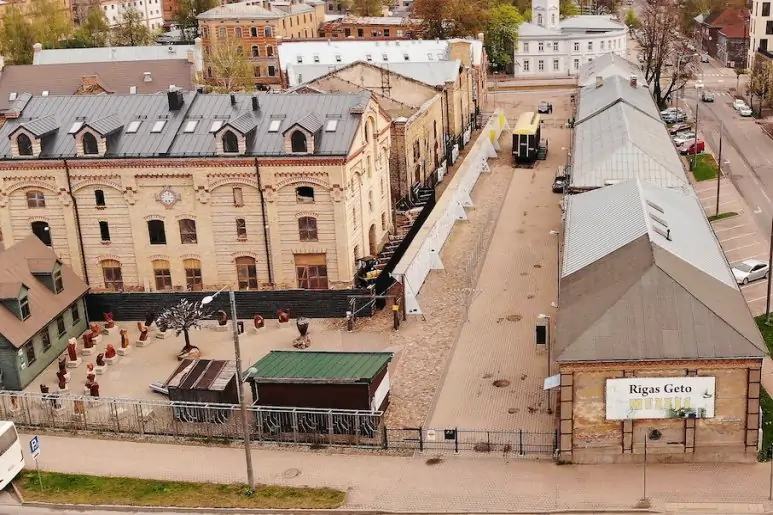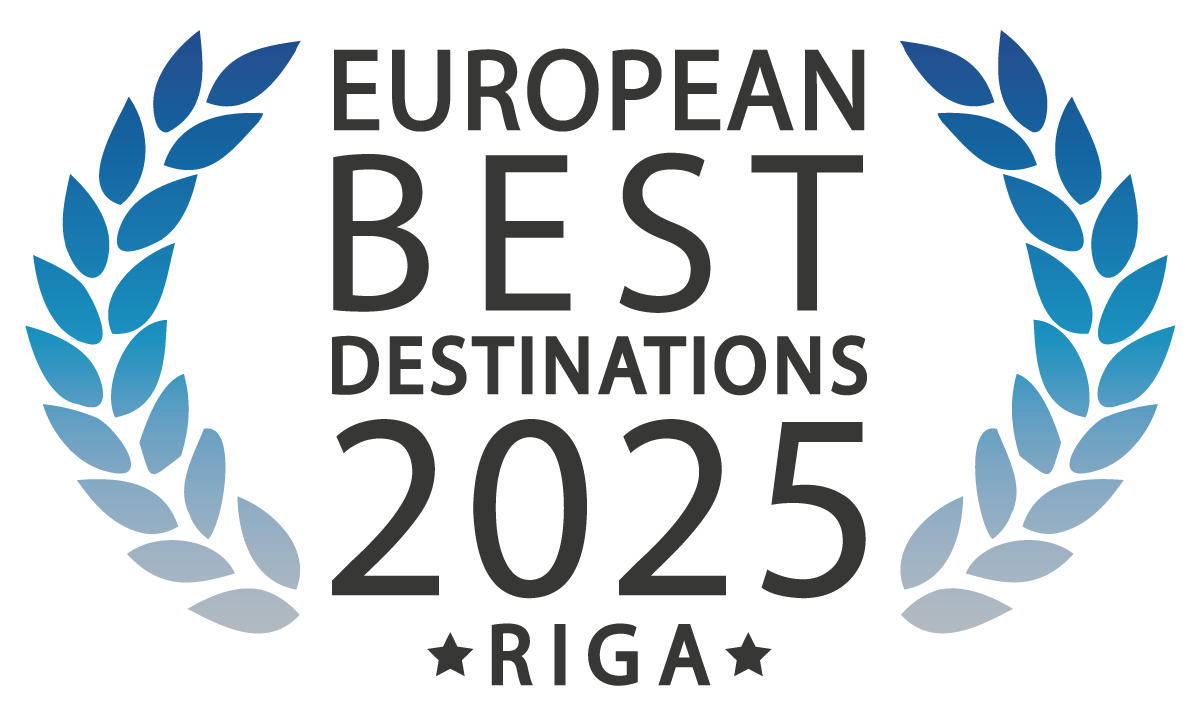
The Riga Ghetto Museum opened its doors in 2010. It is located close to the border of the former Jewish Ghetto, in Latgales apkaime (Latgales suburb), a historical city quarter. Once inhabited by Russian merchants and Jews, the quarter has small wooden houses with aged but still elegant wooden carvings, paved winding streets and a unique aura. Many people come here nowadays to look for the places where their ancestors had once lived. The territory of the Riga Ghetto is unique, having barely changed in the last sixty years.
The museum building dates from the second half of the 19th century. Before the war, it hosted warehouses and stables. In the territory of the museum, the land is lined with stones from the streets of the Ghetto. A memorial wall carries over 70,000 names of Latvian Jews who fell victims to the Holocaust and about 25,000 names of Jews from other European countries who were brought to Riga to be murdered.
The museum has several permanent exhibitions. They tell not only about the tragedy of Latvian Jews during the World War II, but also about their lives in pre-war years, their religious traditions, their contribution to the fighting for Latvian independence, their role in education and culture. The territory of the museum also has several memorial objects.
The Museum of the Riga Ghetto and Holocaust in Latvia was established by the Shamir religious community with the assistance of the Riga City Council. This place is conceived not only as a reminder of terrible events that should never happen again but also as an educational and cultural centre, a source of tolerance and mutual respect. This is not a museum of death. This is a museum of life.
Why visit
The Riga Ghetto and Holocaust in Latvia Museum is a place of remembrance and reflection. It tells the story of the Jewish community in Latvia, their vibrant life before the war, the devastation of the Holocaust, and the resilience of survivors. Walking through the reconstructed ghetto streets and outdoor exhibitions, visitors encounter personal stories, photographs, and documents that give voice to history. The museum is focused not only tragedy but also on human strength, dignity, and the importance of remembering.
Historical highlight
The museum stands on the edge of the area that once formed part of the Riga Ghetto. Tens of thousands of Latvian Jews, along with Jews deported from other countries, were forced into the ghetto under brutal conditions. Many were later murdered in mass shootings at Rumbula and other sites.
How to get there
The museum is located at Latgales iela 14A, near Riga Central Market. It’s just a short walk from the Old Town and Central Station. Several tram and bus routes stop nearby, making it easily accessible by public transport.
